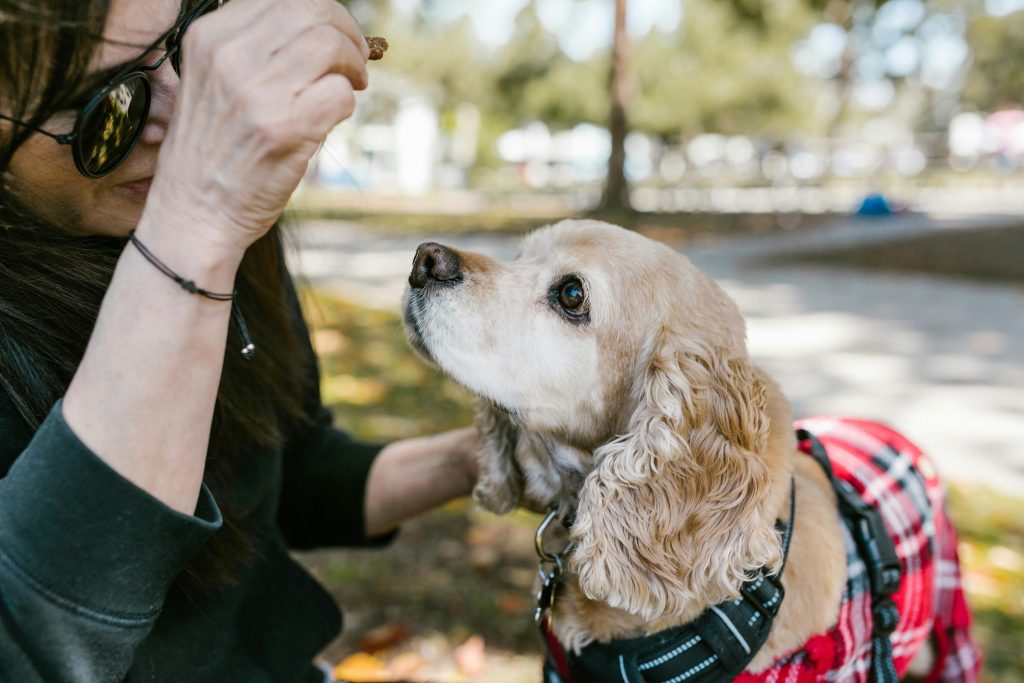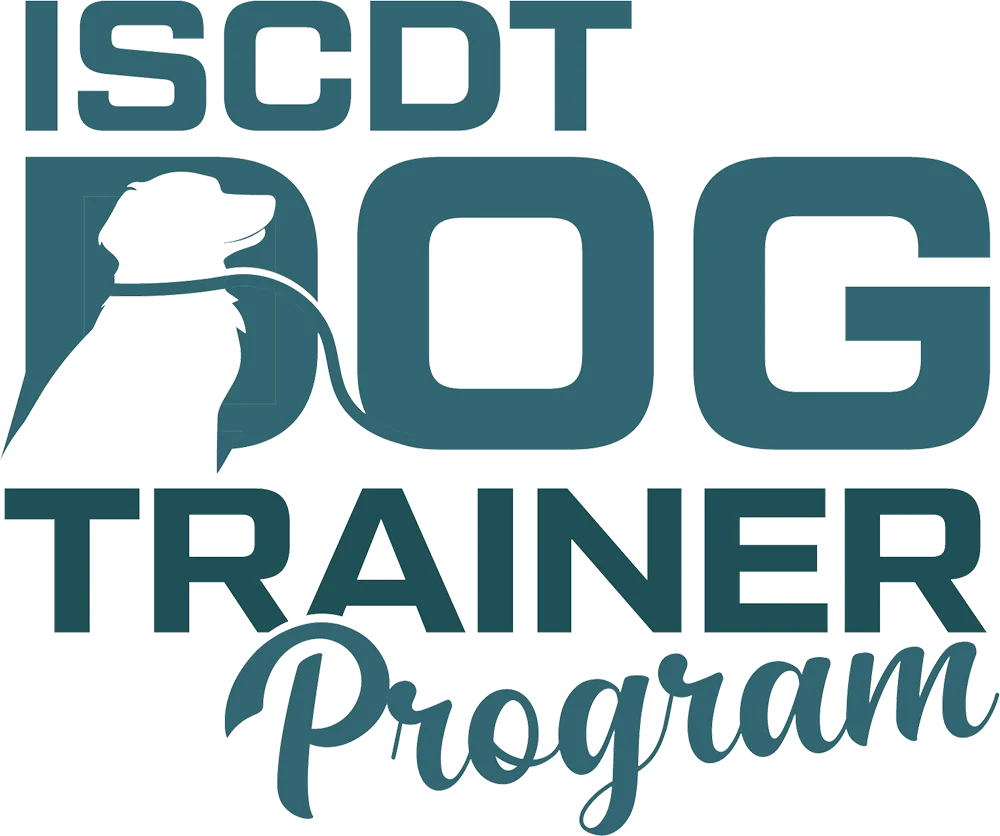
Hand signals play a crucial role in dog training because they align closely with the way dogs naturally interpret the world. Dogs are highly visual animals. They rely more on body language and movement than on verbal communication. While they can learn words through repetition, they often respond more quickly and reliably to visual cues. This makes hand signals a smarter way to communicate your dog.
One of the greatest strengths of using hand signals is the clarity. Unlike spoken commands, which can be affected by tone, background noise, or language barriers, hand signals are consistent. A gesture looks the same every time it’s used, reducing the chance for the dog to become confused. This reliability helps dogs learn faster and retain commands longer.
For dogs with special needs, particularly those who are deaf or hearing impaired, hand signals become absolutely essential. Without the ability to hear verbal instructions, these dogs rely entirely on visual cues to understand what their handler is asking. Training them with hand signals from the beginning ensures they can live happy, well-structured lives with the ability to obey commands just like any other dog.
Incorporating both verbal cues and hand signals during training strengthens a dog’s ability to recall commands, especially under stress or distraction. If one form of communication isn’t effective in a given moment, like when there’s a lot of noise, a visual signal can still cut through and prompt the correct response. This dual reinforcement helps solidify the learning process.
In more advanced scenarios like service work, obedience competitions, or agility training, hand signals are especially valuable. At a distance, a verbal command may not carry clearly, but a broad, deliberate gesture can still be seen and responded to. Handlers use body direction, arm movements, and even finger points to give dogs precise instructions during performance work or field tasks.
Teaching hand signals also adds a layer of mental enrichment for dogs. It challenges their cognitive flexibility and keeps them engaged. Learning to associate different visual cues with actions requires concentration and builds focus, which can reduce problem behaviors born from boredom or excess energy.
Ultimately, training with hand signals improves communication, strengthens the human-dog bond, and makes training more effective and inclusive. Whether you’re raising a puppy, working with a rescue dog, or fine-tuning advanced obedience, hand signals offer a practical, reliable, and A smarter way to communicate with your dog.

Whether you’re retired and searching for a meaningful second act, or simply someone who’s always felt a deep connection to dogs, becoming a professional dog trainer could be the perfect next chapter. At ISCDT – Dog Trainer Program, we offer a top-notch education designed for real-world success. Our program combines flexible online learning with hands-on experience under the guidance of a personal mentor, so you’re never alone on your journey. You’ll build practical skills, work directly with dogs, and gain the confidence to turn your passion into a professional purpose. It’s never too late to start over. There’s no better time to begin than now.